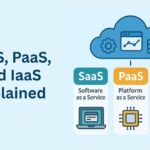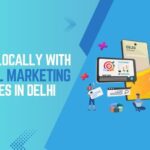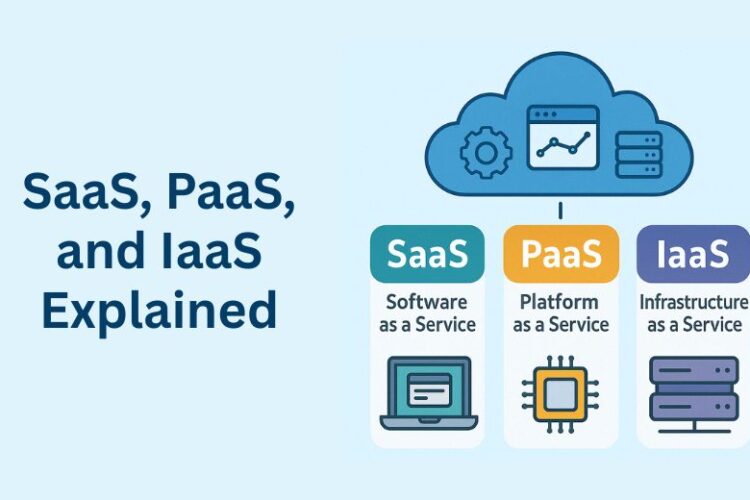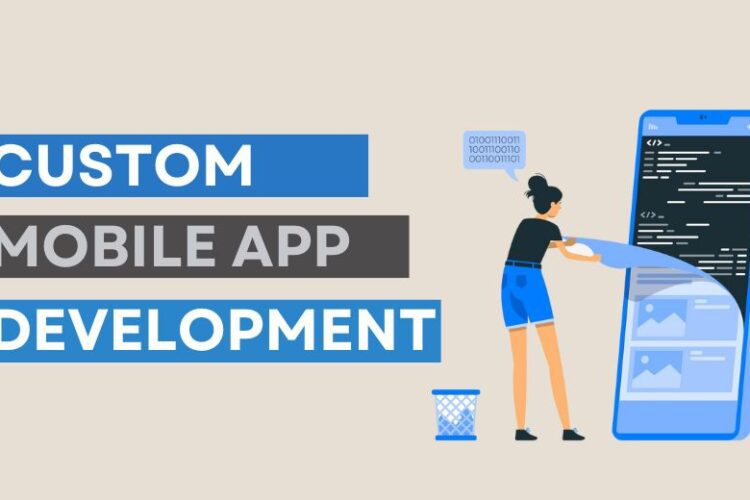PPC Advertising in Modern Strategy As much as Pay Per Click advertising has transformed modern digital marketing, helping generate instant traffic and increasing brand visibility while driving conversions under one umbrella, it is considered the most effective and versatile tool of businesses in all shapes and sizes. However, a wide choice of platforms requires a cautious approach to choosing the most suitable one.
With Pay-Per-Click advertising, businesses now have a very important tool to leverage within their fast-paced digital marketing. It quickly provides exposure, lead generation, and conversions. Unlike traditional advertising, in which you pay for a certain amount at the beginning in anticipation of getting some exposure, PPC ensures that your marketing dollars are spent on actual engagement since you have to spend only when every click is made, which is when an individual clicks through to your advertisement. This leads to more controlled and measurable advertising, allowing businesses to have first-hand access to the performance of their campaigns.
So how do you make the right choice among so many platforms for PPC? Do not forget that an incorrect choice of the PPC platform may ruin all your campaigns. Every PPC platform has different strengths and audience reach, ad format, and pricing structures. Therefore, Google Ads is far from being the most effective one to run for any business. You may find targeted options on other platforms too, like Bing Ads, Facebook Ads, or LinkedIn Ads.
You might end up with a waste of money on ads, poor results, and frustration when choosing the wrong platform. Conversely, when choosing the right PPC advertising platform aligned with your goals and audience, you get actual traffic, conversion rates, and the perfect increase in your ROI.
Table of Contents
- Understanding PPC Advertising
- Popular PPC Advertising Platforms
- Key Considerations When Selecting a PPC Platform
- Detailed Comparison of Major PPC Platforms
- How to Test and Optimize Your PPC Campaigns
- Case Studies
Understanding PPC Advertising
Pay-per-click advertising is where the marketer pays for every click on the ad. In other words, essentially you will buy visits to your site rather than earning them organically. The final aim is to have targeted traffic that converts into leads or sales.
Elements of Pay-Per-Click Campaign
- Keywords: Keywords trigger your ad when someone searches for terms related to your business.
- Ad Copy: Compelling and relevant copy that will pique the user’s interest.
- Landing Pages: The actual page a person lands on after clicking an ad—an optimized page for conversion
- Bidding: The amount of money one is willing to spend for a click or impression.
- Ad Rank: The relevance of your ad plus its quality and your max CPC, which determines your ad’s position in the auction.
Key Considerations When Selecting a PPC Platform
Google Ads

Google AdWords is the largest Pay-Per-Click Platform network, giving users access to millions of searches daily. Google Ads delivers various formats of ads, such as Search, Display, Shopping, and Video ads. Google AdWords provides access to specific keyword targeting, which makes it very appropriate for businesses targeting high-intent people.
Bing Ads

Bing is now a Microsoft Advertising kind of tool like Google Ads, but less competitive and cheaper. It serves fewer users, but those users tend to be older and come from higher income levels. As such, it represents a great opportunity for businesses to stretch the little budget they have.
Facebook Ads

Facebook Ads are ideal for those who intend to raise awareness of their brands and maximize reach to those targeted audiences. The targeting capabilities on Facebook are advanced and enable the advertiser to target through interests, behaviors, and demographic criteria. Its support of different ad formats includes image, video, and carousel ads.
LinkedIn Ads

LinkedIn Ads are for B2B marketing professionals, who want to reach professionals. The advertisements are quite effective for businesses with targeted job titles, industries, and companies. Much help can be expected from LinkedIn’s sponsored content, InMail, and Text Ads, in the case of lead generation in the B2B category.
Twitter Ads

Twitter Ads is a powerful tool for businesses that promote tweets and accounts and drive engagement with actual sales. It’s good for real-time marketing, trending topics, and driving conversations around your brand. Targeting on the part of Twitter will comprise interest-based targeting and keyword targeting. This can be further directed towards tailored audiences.
Instagram Ads

Instagram Ads generally work better for those brands that have strong visuals as the platform is largely visually-driven and comprises more of the younger audience. Just like Facebook, Instagram enables advertisers to target users based on the most detailed demographics and interests. Instagram Stories Ads work particularly well to catch the user’s attention.
Other New Platforms
Emerging platforms, such as TikTok Ads and Pinterest Ads, quickly spread across the landscape and opened new doors for advertisers to reach younger generations through visually creative and innovative content.
Factors to Consider when Choosing a PPC Platform
- Target Market- Choose the right Pay-Per-Click Platform once you know your target market. Who are they? What are they interested in? The knowledge of this will keep you choosing the right appropriate platforms that will suit your online behavior. Generally, visually-oriented young people engage more easily with Instagram and TikTok, while LinkedIn finds it a website frequently visited by professionals.
- Age and Interests- Each network reaches different audiences. While Facebook is completely inclusive and works for most B2C and B2B markets, LinkedIn would be more niche in terms of professionals and B2B businesses. Consider the user demographics for each site to see if they are suitable for your ideal customer.
- Goals of Advertising- Define the objective of your Pay-Per-Click Campaign. If you mean to increase brand awareness, Facebook and Instagram could work since the reach is huge and ads are all visual. For lead generation, LinkedIn and Google Ads work well since they target correctly and based on intent.
- Budget and Costs- Platforms such as Google AdWords and LinkedIn usually charge a higher CPC, but Facebook and Bing can be less expensive based on which industry you are within. Decide on the amount of money you want to spend and the amount you are willing to spend per click, impression, or conversion.
- CPC-You only pay for the clicks.
- CPM-You pay according to the impressions of the ad 1,000 times, irrespective of click-throughs.
- Features of Platforms- Each platform comes with unique features and forms of ads. For instance, Google Ads has both search and shopping ads, while on Instagram, you would find carousel ads more visually appealing. You should also look at each platform’s targeting capabilities, such as Facebook’s segmentation abilities according to interests and behavior.
- Ease of Use and Integration- While some, such as Google Ads, are more intricate but provide a lot of training, others, like Facebook, have simpler interfaces. Another aspect you may want to consider is whether the platform will integrate with other tools you have in place, such as your Google Analytics or CRM system.
- Competitor Analysis- Where is everyone else advertising? Do your competitors kill it in one network? Analyze their strategy and see if they’ll work for you. Or look elsewhere.
- Support and Tools- Be sure the network offers enough support. Google Ads and Facebook Ads have great tutorials, knowledge bases, and communities. Is there live support or a forum where you can resolve issues?
Head-to-Head Comparison of Major PPC Networks
Google Ads vs. Bing Ads
- Reach Audiences: Google leads in this, but Bing commands smaller markets, less competitive, of course.
- Cost: The cost per CPC on Bing Ads is generally lower than on Google Ads, and there are businesses best suited to such formats.
- Features: Both services provide similar features, while Google provides more sophisticated features like Smart Bidding and machine learning optimizations.
Facebook Ads vs. Instagram Ads
- Visual: Instagram is a much more visual platform, so good for businesses that have really strong creative assets.
- Options to Target: Because Facebook owns Instagram, the targeting options are the same, but the audience tends to be younger on Instagram.
- Engagement: Instagram has a harder time with low engagement because it is a visual-based platform
LinkedIn Ads vs. Twitter Ads
- B2B vs. B2C: LinkedIn is much better for B2B while Twitter is amazing for B2C and real-time marketing.
- Ad Formats: LinkedIn offers Sponsored Content and InMail, which can be more effective for lead generation purposes. Their Twitter client uses promoted tweets and accounts to get the brand message out.
- Cost-Effectiveness: LinkedIn is expensive in comparison with CPCs but does offer better quality leads for B2B.
Testing and Optimization of Your PPC Campaigns
- A/B Testing– Try different editions of your ads to determine which type of these kinds performs best. This can include, but is not limited to, alternative ad copy, images, or even targeting settings.
- Analyzing Performance Metrics– Some of the most critical performance metrics are CTR, CPC, and conversion rates. Tools like Google Analytics and platform-specific dashboards help you track performance.
- Adjusting Strategies According to Data– Data-driven decisions are quite crucial for optimizing Pay-Per-Click campaigns. If your platform fails to deliver according to expectations, reallocate your budget or tweak targeting.
PPC Company in Delhi
If you’re operating in Delhi, hiring a local PPC Company in Delhi can provide significant advantages. Local agencies are familiar with the regional market, audience behavior, and competitors. Many top-rated PPC companies in Delhi specialize in Google Ads, Facebook Ads, and other platforms, offering tailored strategies that can drive growth for businesses in various sectors.
Case Studies
- Google Ads- A local business enhanced the leads by 150 percent with Google Ads just by focusing on the right keywords of high intent and optimizing landing pages.
- LinkedIn Ads- A B2B SaaS company reduced its cost per click by as much as 40 percent, mainly through precisely targeting job titles and Sponsored email campaigns.
Conclusion
It boils down to your goals, the target audience’s requirements, and what a marketer is ready to spend to achieve his/her desired outcomes. Google Ads and Bing Ads are better suited for intent-based marketing for search, but Facebook, Instagram, and LinkedIn are ideal in case of demographic and interest-based targeting. Testing campaigns, and analyzing their performance on each platform, can create the right PPC strategy.




